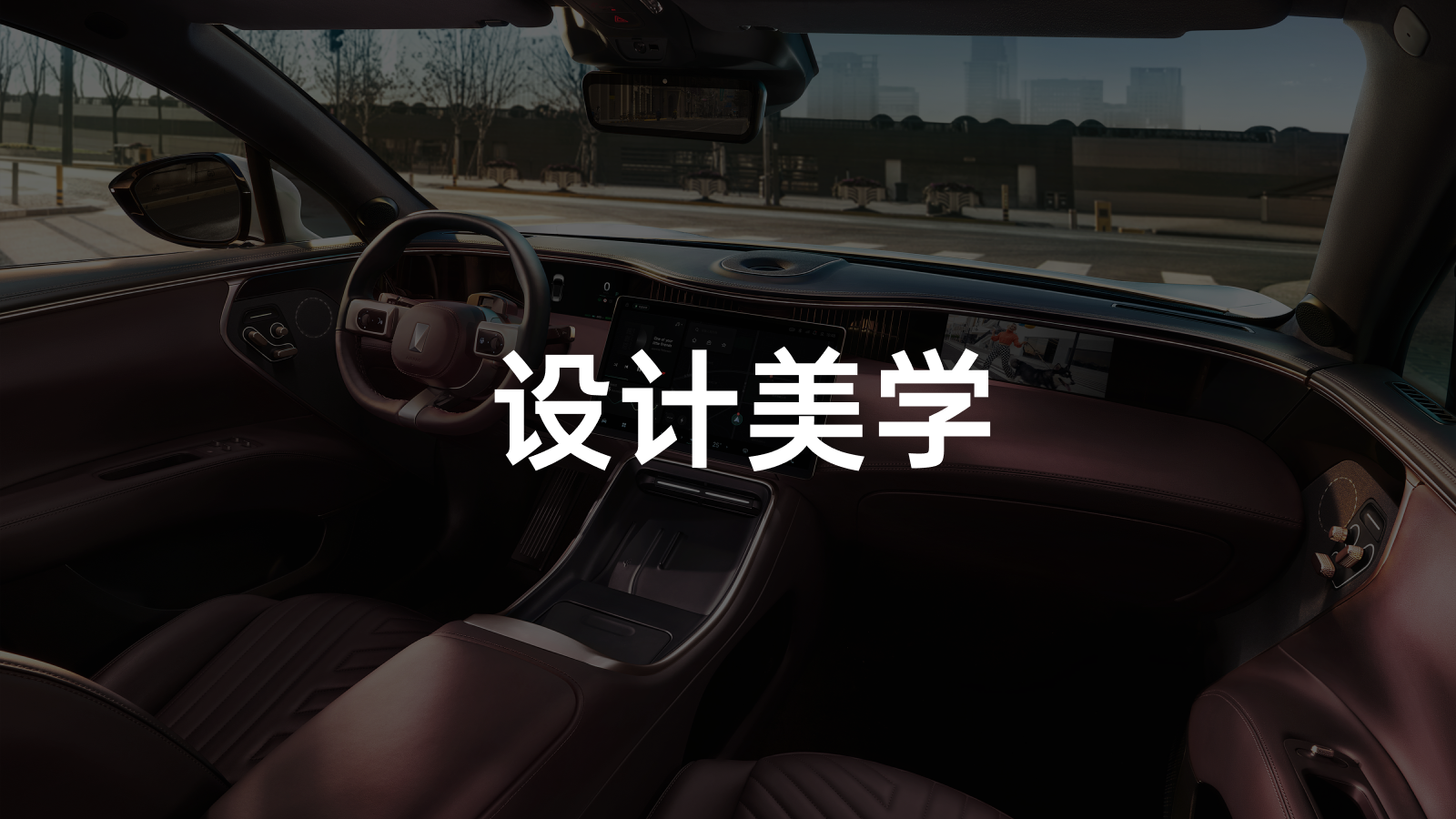On the 520 Valentine’s Day just passed, Avita Technology showcased the interior design of its first pure electric SUV, Avita 11. The moment it appeared, it triggered a heated discussion in my circle of friends. As a new brand, Avita Technology’s popularity was somewhat unexpected, and the reason for the lively discussion was the “unusual” interior design of Avita 11’s cockpit. Let’s take a look at the picture.(The pictures are omitted here, please refer to the original text.)
Wrap-around Cockpit
From a glance, it is clear that Avita 11 has applied a great deal of curves in the design of the cockpit shape, including the continuation of the door panel and dashboard, the ups and downs of the armrest box, and the transition of the glove compartment. These curves outline the wrap-around cockpit pattern like a cocoon.
Unlike traditional wrap-around cockpits which only emphasize the driver’s surroundings, however, Avita 11’s wrap-around cockpit takes into account the experience of both the driver and the front passenger. To achieve this effect, the designer deliberately added a soft protrusion to the dashboard line, so that whether it is at the 1/2 or 1/4 axis horizontally, it creates a visually symmetrical effect, enabling both passengers to feel the warmth of being embraced. A similar design has also appeared in the Ferrari Roma.
On the basis of the front row design concept, the rear row of Avita 11 extends the side armrests, and with the central armrest of the optional upgraded four-seater version, the wrapping feeling is more complete. The backrest of the rear massage seat can be electrically adjusted, and based on the preset position, it can be adjusted backwards by 12° and forwards by 28°, with a total adjustment amplitude of up to 40°. In the wrap-around embrace, the comfort and security are fully guaranteed. If you don’t like it and want more spacious space, you can still choose the standard five-seater version.
At the same time, the central armrest also achieves the same wireless charging and multiple storage functions for mobile phones as the front row, with a maximum of 50W.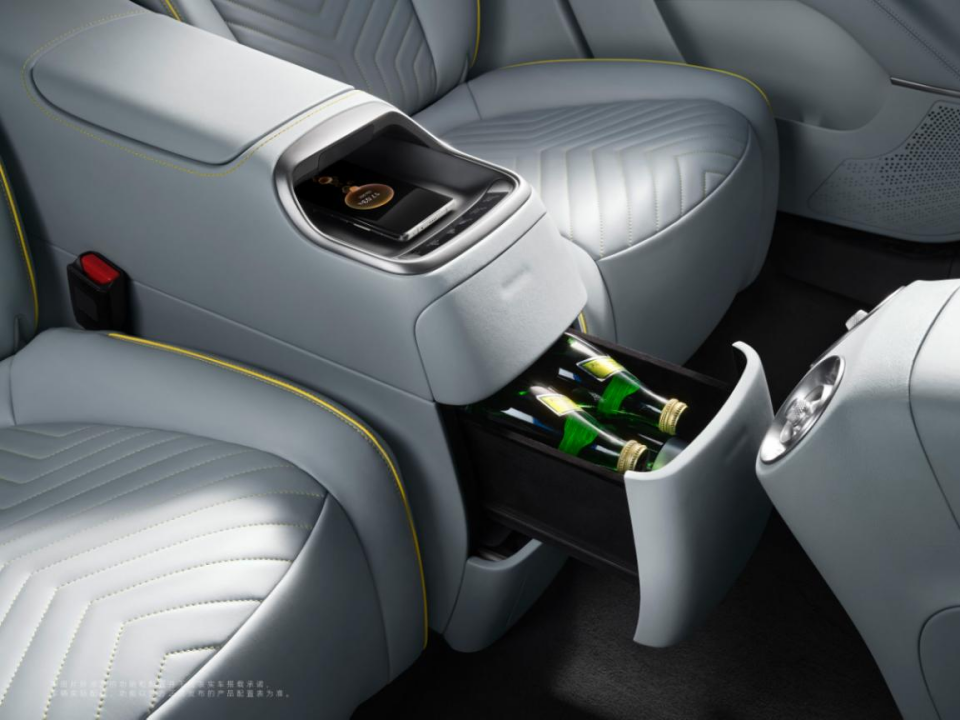
Where Does the Sense of Luxury Come From?
Returning to the front row, we can easily see that the dashboard of the Aventa 11 is divided into two parts, with the upper part cleverly designed by the Aventa technology designers to be connected to the lower part via a cone. This is the “Vortex Emotional Flow” that Aventa 11 has always emphasized.
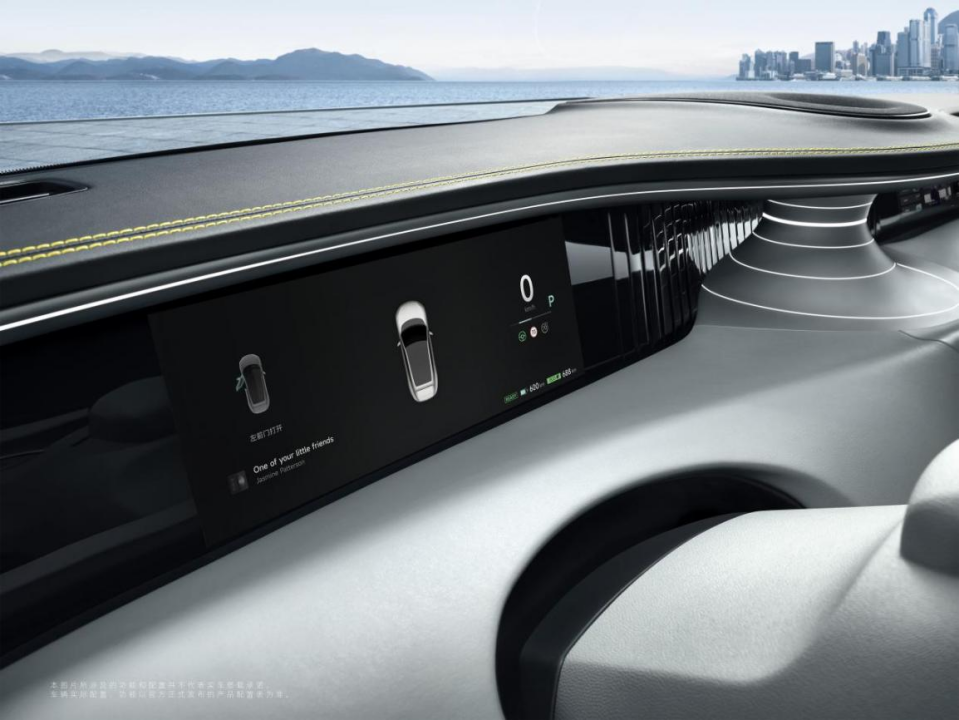
According to Aventa technology’s introduction, it symbolizes the nerve center of Aventa 11, where the flow of numbers and intelligence converge, and it is the starting point for emotional communication between the entire cockpit and the user.
In terms of functionality, the circular ambient light it is equipped with can be used with other ambient lights to achieve various lighting effects such as music rhythm, voice linkage, and welcome mode. In other words, from a pragmatic perspective, it may be difficult to understand its uniqueness for a time.
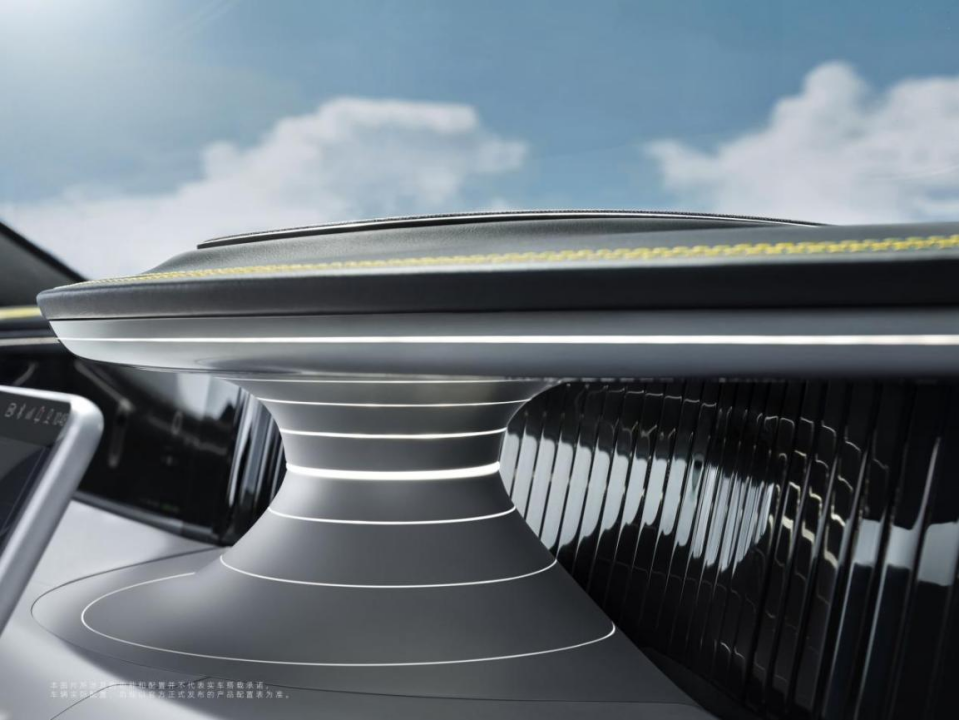
However, as a product that emphasizes “luxury,” it is destined that its design is not only intended to serve pragmatism.
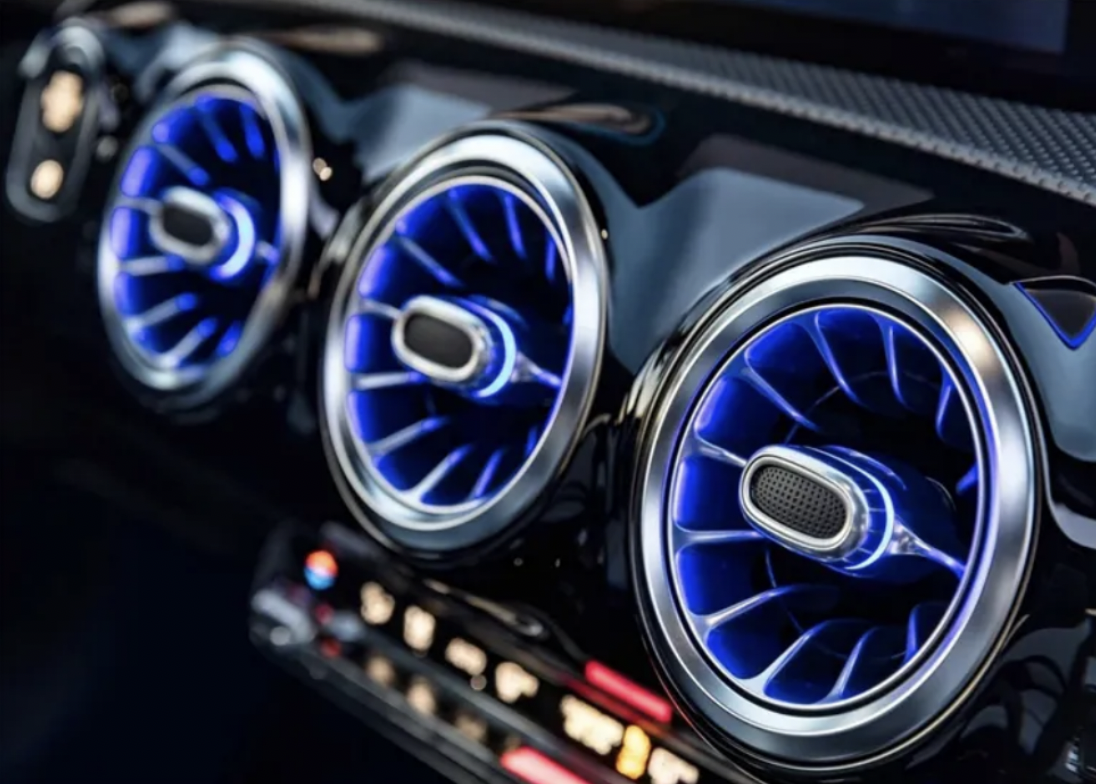
Just like the well-received air outlet on the Mercedes-Benz turbine, it does not improve the efficiency of the air conditioning, but it provides the user with a better tactile and visual experience through its exquisite workmanship and unique appearance, making every adjustment of the air flow a kind of enjoyment.
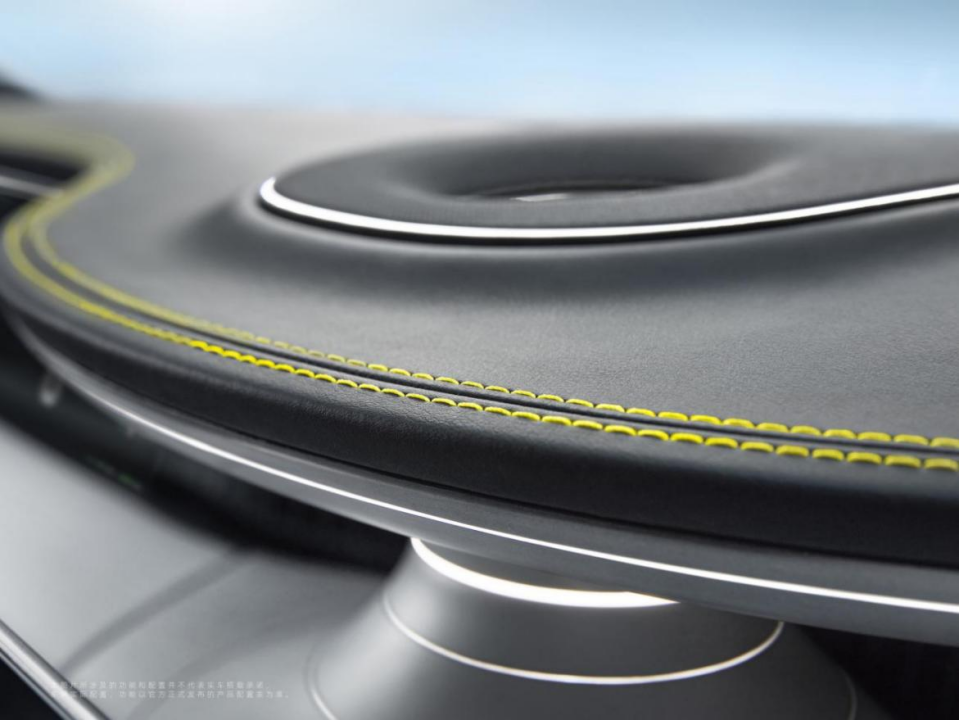
The Mercedes-Benz turbine air outlet is just one embodiment of Mercedes-Benz’s high standards for cabin quality, and the “Vortex Emotional Flow” is also a reflection of Aventa 11’s cabin style. The orderly modeling matched with the stitching of two or more materials can be seen everywhere in the cabin of Aventa 11.
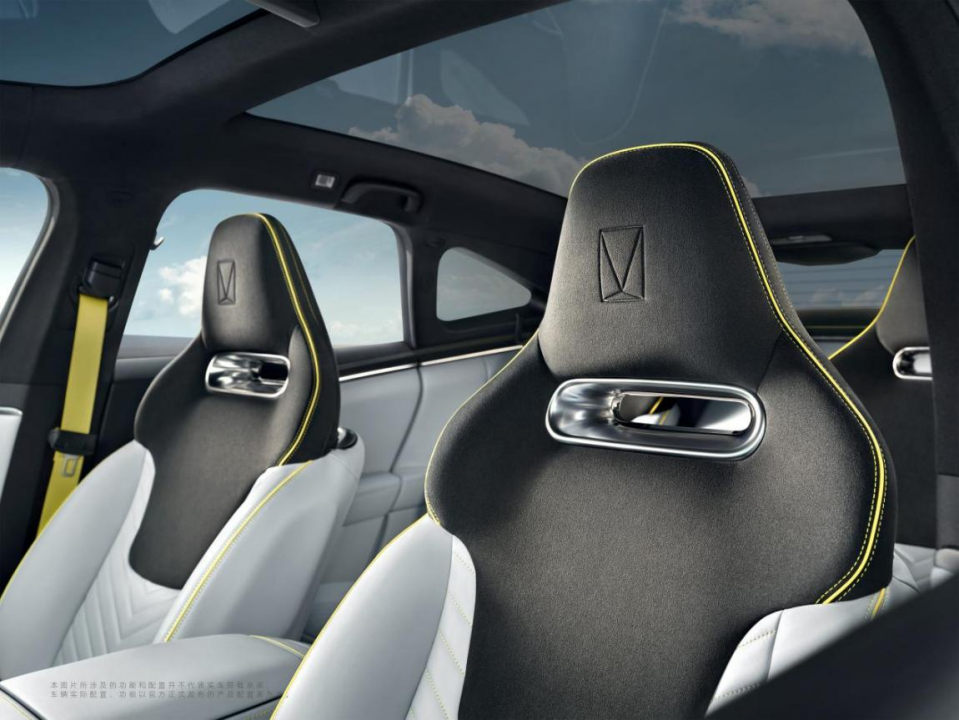 The Avita 11 cabin uses a variety of materials, including flexible fabrics such as Nappa leather, microfiber suede, velvet, plant velvet, and soft touch paint, which are integrated and built into the overall atmosphere of the Avita 11 cabin with stitching and hot pressing techniques in the details.
The Avita 11 cabin uses a variety of materials, including flexible fabrics such as Nappa leather, microfiber suede, velvet, plant velvet, and soft touch paint, which are integrated and built into the overall atmosphere of the Avita 11 cabin with stitching and hot pressing techniques in the details.
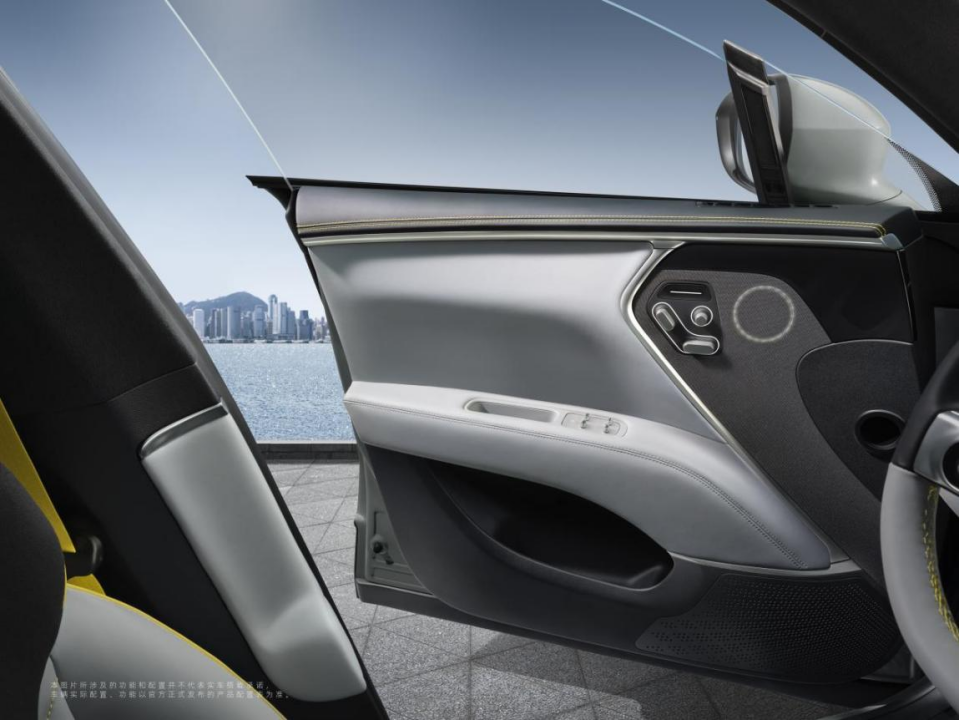
The upper and lower contrasting sports steering wheel is matched with lemon yellow stitching. The button area on both sides is assembled with high-gloss chrome and glass panels and equipped with voice control and automatic parking shortcut keys. The hollowed-out area of the upper part is enlarged to avoid obstructing the instrument panel.
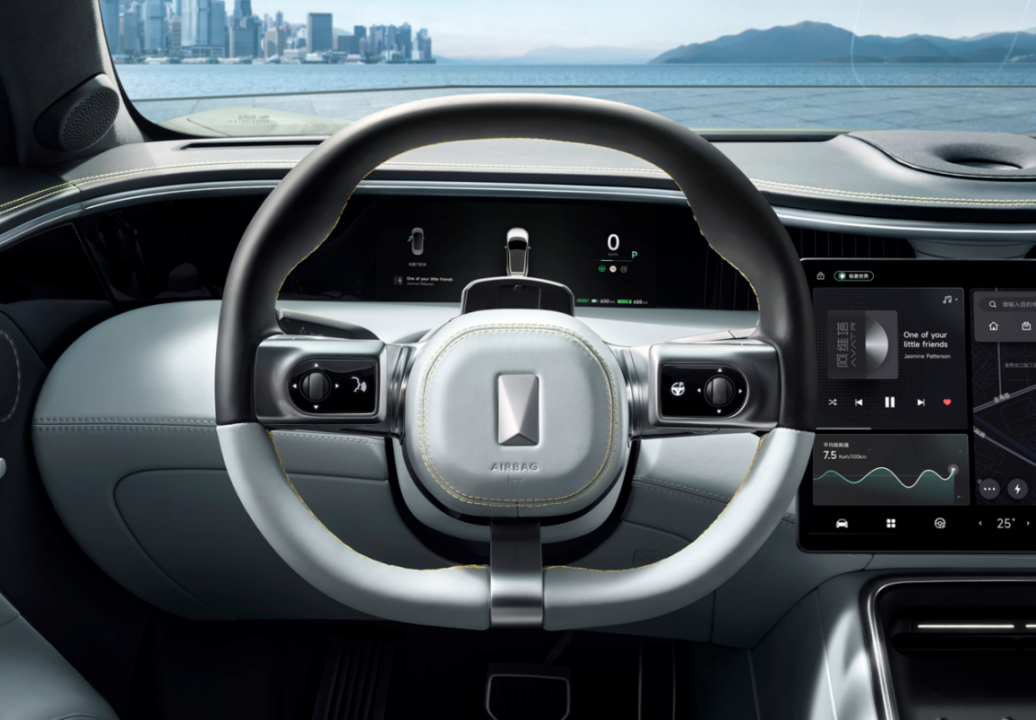
The unique car window operation button adopts embossed technology with soft material covering the surrounding. The door sill strip has a luminous logo.
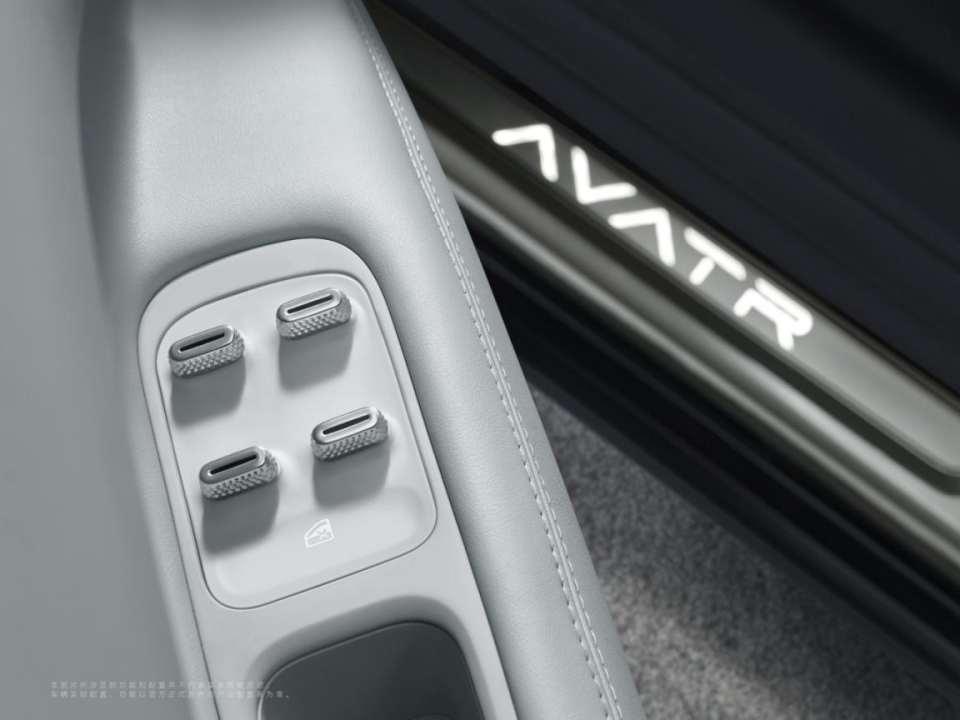
The seat adjustment button is placed on the door panel and also uses metal embossed technology. The speaker unit on the door has a ring-shaped light strip, vaguely showing through the plant velvet. The silver metal texture ambient light strip is sandwiched by black and white soft touch paint panels.
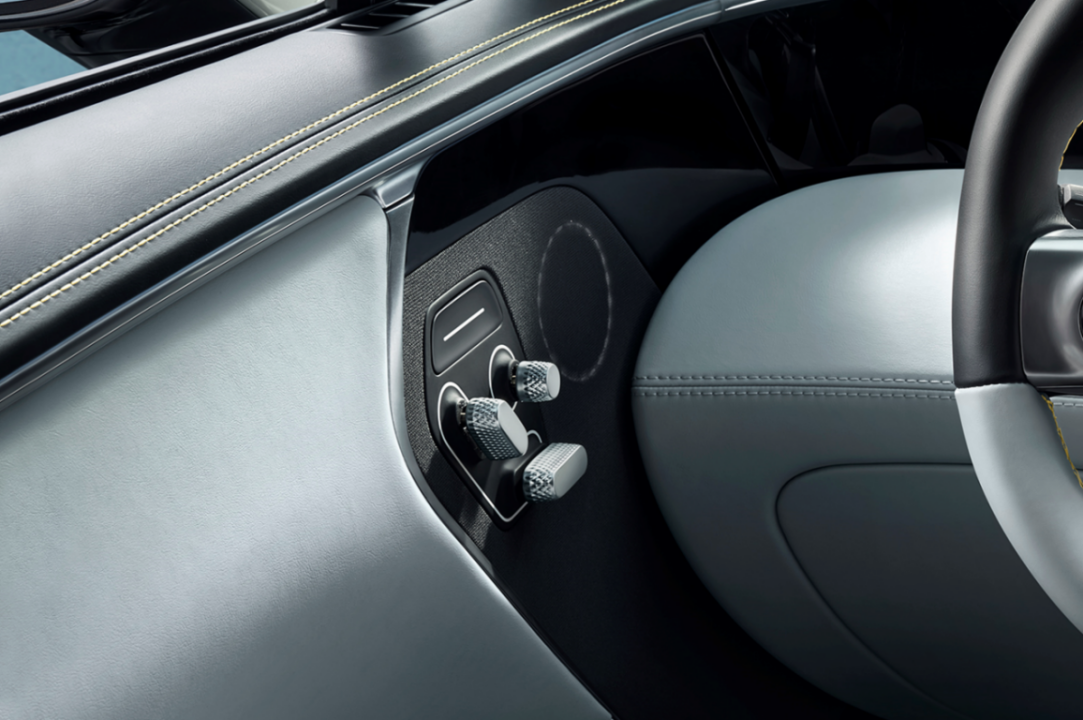
The mix of different textured materials enriches the design’s sense of hierarchy. Such an approach not only brings a high-end texture but also leads to a soar in cost.
From Luxury to Opulence
In addition to not sparing costs, Avita 11 is also at the forefront of color control among domestic brands. Avita 11 appeared in two interior color schemes this time. If the blue-grey previously seen is still hovering between luxury and futuristic feelings, then the Burgundy red that follows is directly opulent.
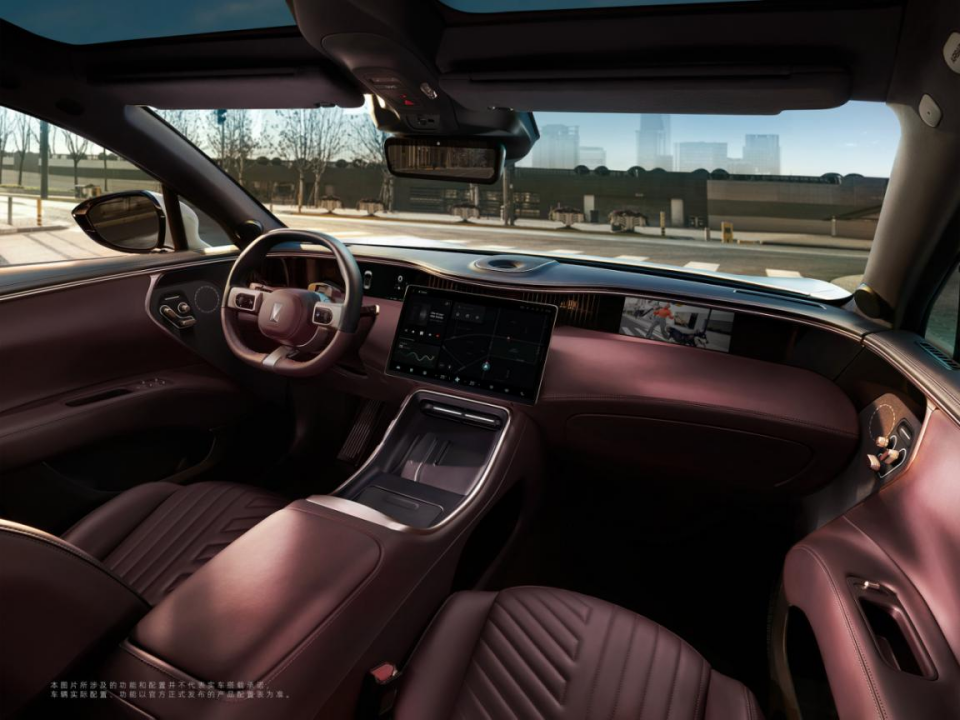
Avita 11’s Burgundy red is named after the color of Burgundy wine produced in France’s Burgundy region. Compared with Bordeaux red, its brightness is lower, and it weakens the feeling of passion in red and replaces it with a noble and elegant deepness.
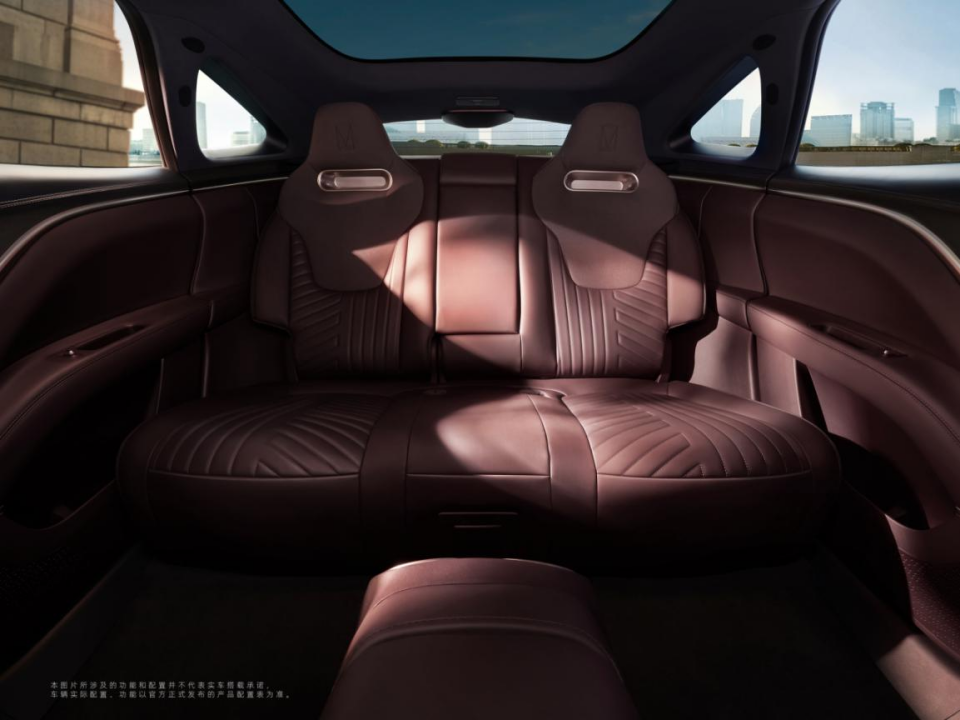 However, using a single low-saturation color can easily make the interior too gloomy. Therefore, in the Burgundy Red version of the Avita 11, midnight blue is added to create a harmonious contrast, avoiding a lifeless atmosphere.
However, using a single low-saturation color can easily make the interior too gloomy. Therefore, in the Burgundy Red version of the Avita 11, midnight blue is added to create a harmonious contrast, avoiding a lifeless atmosphere.
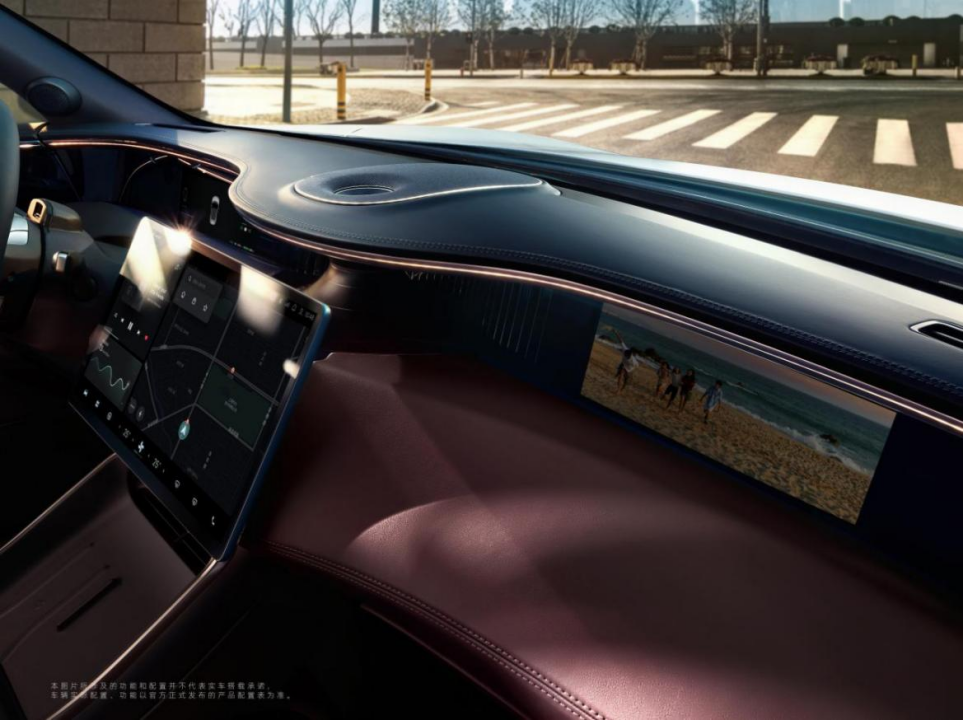
In addition, all silver highlights in the Burgundy Red interior have been replaced with rose gold and antique bronze. The addition of precious metal colors also adds a touch of luxury to the interior.
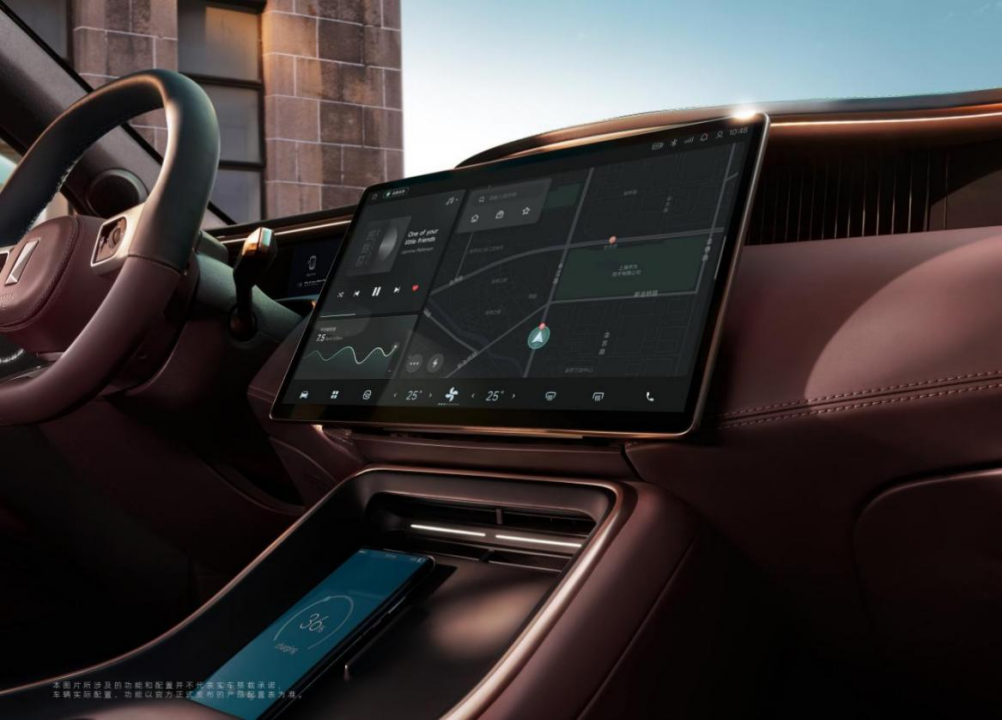
In the antique bronze version of the “Vortex Emotion Eddy,” the texture is even more pronounced against the backdrop of the rear deco.
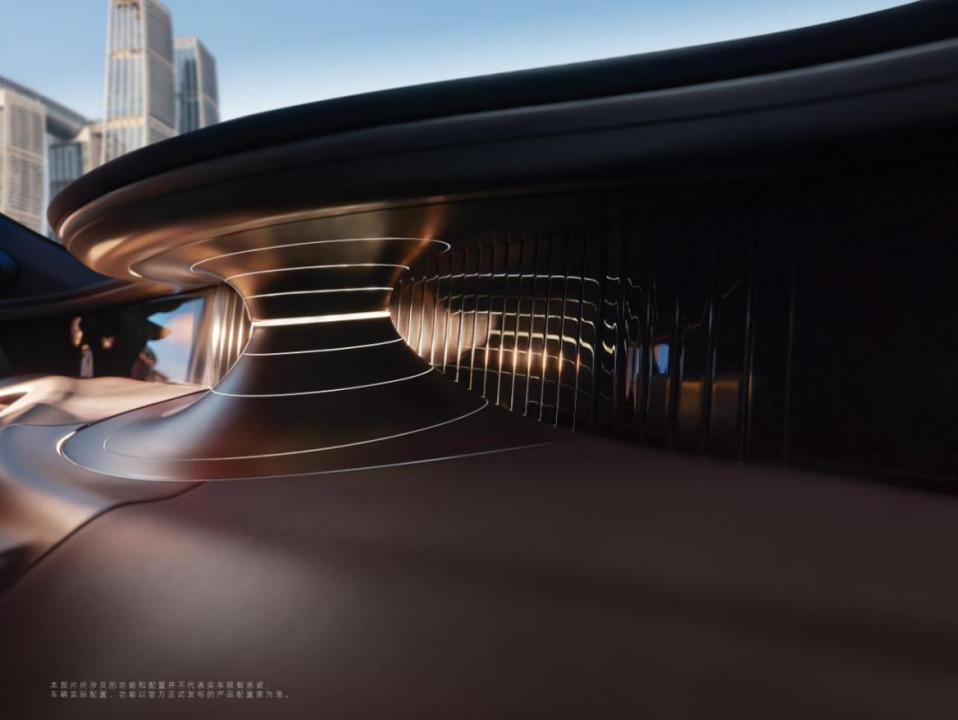
Even small details like the glass panel on the steering wheel have not been overlooked, demonstrating the high level of completeness of the color scheme.
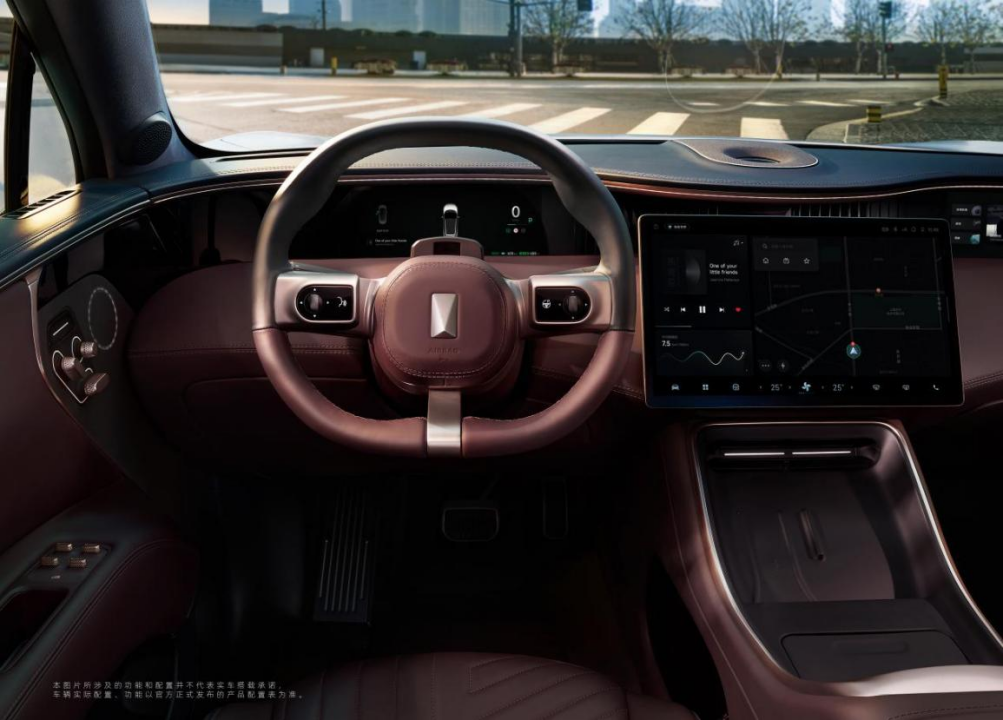
Sound and smell also need to be luxurious
The design, materials, and workmanship of the interior satisfy the experience of vision and touch, but the remaining sound and smell should not be neglected. If ignored, it is likely to become “the weakest link.”
Different from the single compartment design of traditional SUVs, the Avita 11’s passenger cabin and trunk space are relatively independent, reducing the noise from the rear during driving. At the same time, the Avita 11 also debuts the RNC (Road Noise Cancellation) active noise reduction technology in domestic market, which actively reduces the in-car road noise through proprietary algorithms based on real-time calculation of vibration sensors and microphones.

In the testing condition publicly released by Avita Technology, the RNC active noise cancellation reduces the road noise of 40-500 Hz inside the vehicle significantly. The total sound pressure level decreases by up to 3 dB, and the peak sound pressure level drops by up to 13 dB, reaching a leading level in the same class.
The Avita 11 also takes care of the user’s sense of smell. The intelligent fragrance system can switch between three different fragrances, and more fragrances can be added for users to choose from in the future. Its equipped automatic air purification function can filter PM2.5, PM10, aerosols, and bacteria.
A balance of both endsAfter entering the new energy era, with the best-selling minimalist movement led by Tesla, consumers have unconsciously accustomed to the idea that “new energy smart cars should be simple and technological”, as if a large screen is the optimal solution for the interior of an electric car. Even Mercedes-Benz, once known as the interior ceiling of the fuel era, has replaced all its designs with a large screen on the EQS.
However, the pursuit of technological configuration should not be a reason to abandon aesthetic design and material craftsmanship.
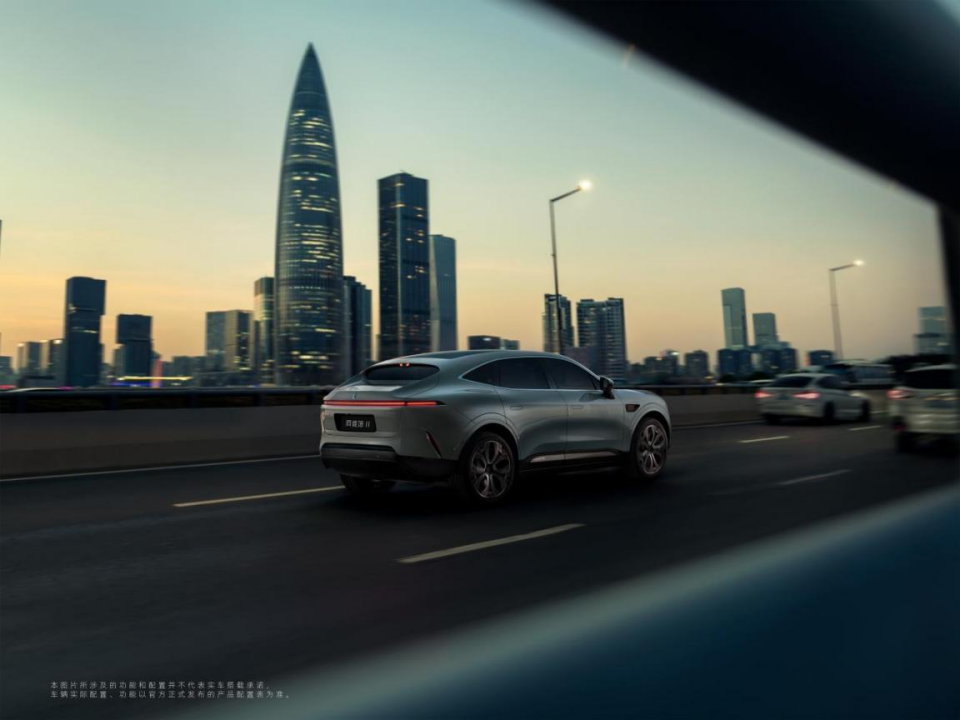
Both should coexist rather than mutually exclude each other, and in the case of AVITA11, achieve balance between intelligent technology and luxury. Whether it is the hardware of the dual driving screens of two 10.25-inch LCD screens and a 15.6-inch floating central touch screen, or its interactive capabilities based on Huawei HarmonyOS, they are all in a leading position.
As for the performance of other car-mounted devices based on Huawei HarmonyOS on the market, we can see their functional and smooth performance. The feature of multi-screen sharing will also be available on AVITA11.
However, it should also be pointed out that for the sake of symmetrical design, AVITA11 had to compromise on the size of the passenger screen, and we will continue to pay attention to the actual experience of the passenger entertainment system.
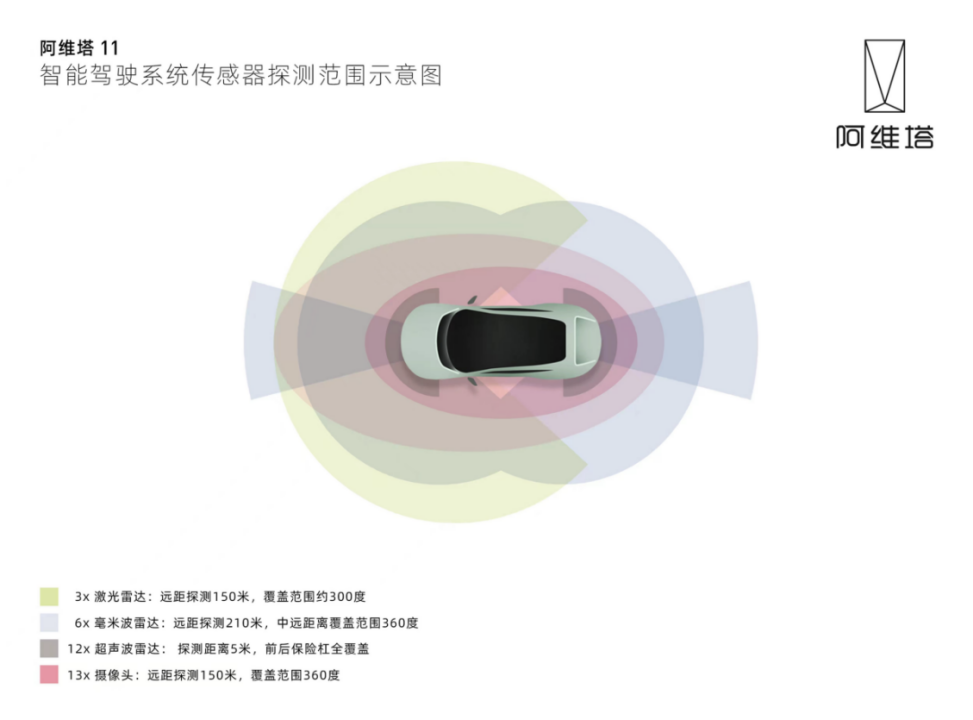
In terms of assisted driving configuration, with three laser radars, six millimeter-wave radars, twelve ultrasonic radars, thirteen cameras, and the MDC 810 platform, AVITA11 can be said to be very strong in the traditional aspects of an intelligent electric car.
Conclusion
AVITA11 is such an outstanding car that still insists on pursuing aesthetic design and craftsmanship, which is one of the reasons why it continues to attract attention. The only thing left to be revealed is the price. If it is reasonable, then for new energy brands on the market that tout luxury, it may pose a significant threat.
This article is a translation by ChatGPT of a Chinese report from 42HOW. If you have any questions about it, please email bd@42how.com.
